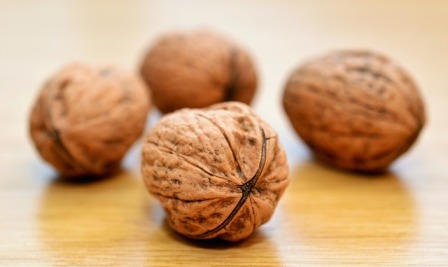What Fats Are Good and Healthy?
What Fats Are Good and Healthy?

Fat cells are necessary for our survival. Without them, our body could not function optimally. They give us energy and the fat, we have not utilized, stores and accumulates in our body as energy reserves. Fat cells, also, help us to maintain thermoregulation. In adult men, fat reserves accumulate in certain body areas such as the chest, buttocks, and abdomen. But, what fats we need to include in our diet and what their benefits are? Good fats support our body in its activities while others cause the formation of belly fat, which carries the significant health risks for cardiovascular diseases, diabetes, and sleep apnea. Many of us make a common mistake when trying to eliminate belly fat and exclude all the fats from our diet. This approach often shows as detrimental to our overall health. In order to recognize which fat include in our diet, and which one we should avoid, the article “The Facts on Fat” explains the basic facts about fats and help us to decide what fats are good and healthy.
What Fats Are Good and Healthy?
Saturated, monounsaturated, trans and poly. Are you confused yet? You may be even if you’ve been keeping up on what types of fat to eat and which to shun. By now you’ve probably heard of stealthy trans-fats. If they’re not on the “Nutrition Facts” panel yet, they’re soon to arrive.
Trans-fats are sinister because like saturated fat, they raise total cholesterol and LDL, the “bad” cholesterol levels. Trans-fats lower levels of beneficial HDL cholesterol in the body. Also, consumption of trans-fats may inhibit the absorption of healthy fats that are necessary for the growth and functioning of vital organs. Though much has been made about the dangers of trans-fats, experts caution that those warnings shouldn’t overshadow the potentially disastrous effects of saturated fats. Medical expert Dr. Andrea Pennington states that saturated fats “…increase your cholesterol levels, which can lead to clogged arteries, heart attacks, strokes and obesity.”
…
Butter vs. MargarineThis debate has raged on for years. If you’re looking for a healthy morning spread, avoid stick margarine. Choose a light, soft margarine or butter substitute that says “trans-fat free” on the package. Butter lovers should use it sparingly to cut down on saturated fat.
Trimming the Fat
• Keep your total fat intake to around 30 percent of your total calorie intake
• Limit saturated fat intake to no more than 7 to 10 percent of your intake
• Get about 10 to 15 percent of total calories from monounsaturated fats
• About 10 percent of calories should come from polyunsaturated fatsFor an individual eating 2,000 calories a day this translates to 66 grams of total fat and no more than 16 to 22 grams of saturated fat per day.
As we have seen, we need fats because our body cannot produce fatty acids by itself. We should not exclude fats from our diet, but we have to make wise choices. Nutritionists encourage us to give preference to mono-unsaturated fats, as well as omega-3 and omega-6 fatty acids. A good way to increase consumption of the food rich in omega-3 is to include more fatty fish in our diet like mackerel, salmon, trout, catfish, and sardines. Another source of omega-3 fatty acids is flax seeds, walnuts, Brussels sprouts, and cauliflower. A balanced diet, rich in good fats will not only give us the necessary energy for our activities, but also will help us reduce belly fat.


